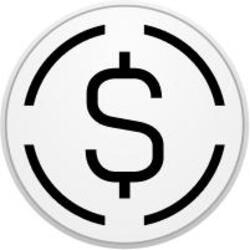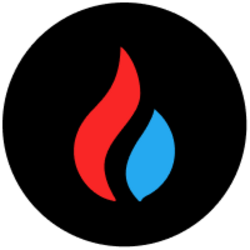The US president, Donald Trump, plans to announce this Wednesday, April 2, a day that baptized as “Day of Liberation”, new tariffs against several countries, to a extent that the global economic system could shake as it has not been seen in decades.
The announcement will take place at 16.00 local time (20.00 GMT) in a great event called “Make America Wealthy Again” (“Make EU Rico again”), which will be held in the Rosemaleda of the White House, where the cherry trees are already in flower, and to which all the members of their cabinet will attend.
Once Trump makes the announcement the tariffs will immediately take effect, according to the White House.
Even, however, many details are unknown about how these “reciprocal tariffs” will be implemented, directed against those countries that impose barriers to US products and services, a measure that could especially affect the European Union (EU).
The idea is simple: Washington will raise its tariffs on foreign goods and services to match commercial and fiscal barriers – like European VAT – that other nations impose on US products. “If they charge us, we charge them,” Trump repeated on several occasions.
These reciprocal tariffs could adopt different forms. For example, different levies could be established depending on the product and its country of origin, or set a tariff for all imports from a country, calculating the average of what that nation taxes American products.
One of the options Trump has on the table is the imposition of generalized tariffs of 20% on most imports that reach the United States, something that could cause strong turbulence in financial markets and trigger reprisals from their commercial partners.
The White House said it will impose tariffs against Brazil, India, South Korea and the European Union, although it did not clarify whether it will sanction the EU as a block or if it will evaluate each country separately. What has made it clear is that “for now, there will be no exemptions.”
Do not miss: Trump advisors propose 20% reciprocal tariffs
Trump could also announce tariffs aimed at economically even more to Venezuela, although the White House did not confirm whether they will be part of the package.
Specifically, the idea of these tariffs, which Trump advanced at the end of March, is to impose 25% levies to countries that buy Venezuelan oil or gas.
This decision would mean a direct blow to China, the main destination of the Venezuelan crude, with purchases of about 500,000 barrels per day.
More tariff pressure on Mexico and Canada
Although the White House has not confirmed it, this Wednesday Trump could also announce additional tariffs to Mexico and Canada, the main commercial partners of the United States.
Already on March 4, Trump imposed 25% tariffs on imports from Canada and Mexico, but established a month moratorium for the products of those two countries covered by the TMEC, which includes from agricultural products to car parts or certain types of machinery.
In this way, from now on, tariffs on these products could begin to be applied, which in practice would mean the death of the TMEC.
However, it is not yet clear if these tariffs will finally be implemented, since the president has not made comments in the last days, and on previous occasions he already postponed his entry into force.
With EFE information
Little text and great information in our X, follow us!











































